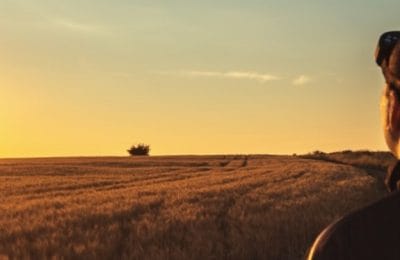Let’s talk about pasture fertilization and answer three questions: why fertilize pasture, what are the main nutrients used and whether it is worth fertilizing.
It is important to highlight that both in the south of Brazil and in the tropics, the soils have poor natural fertility with a shortage of nutrients and this is the first point to justify fertilizing pastures. The cultivated pastures were created through a selection genetic improvement process and have great potential in dry matter production response as long as the deficiencies of all necessary nutrients are met. And that’s where fertilization comes in, it serves exactly that purpose.
Main nutrients used
The main nutrients used, in addition to NPK, which are nitrogen, phosphorus and potassium, are calcium and magnesium, which are mainly obtained through soil liming. It is important to highlight that the main nutrient responsible for limiting production, especially of grasses, is nitrogen. In second place is phosphorus and third is potassium, in the vast majority of cases. Obviously there are exceptions, but in general and speaking mainly of grasses, both tropical and winter, nitrogen is the main limiting factor, followed by phosphorus.
Is it worth fertilizing?
When we are in the field, we hear a lot of questions from some producers whether it is worth fertilizing their pastures and the answer is very simple: yes it is! And we can justify this in several ways. In a more direct way, let’s take the example of ryegrass pasture where we can compare the same hectare with fertilization and without fertilization.
Let’s go! Let’s think that in an area that is not fertilized there will be an investment just in seed and operational costs for sowing an average of R$300 and in the area where there will be fertilization an average expense of R$700 to R$800. This with reasonable fertilizers.
The area without fertilization will produce around 1500 to 2000 kg of dry matter, at most, while the area that will be fertilized has the potential for 7 to 8 thousand, or even more, kilograms of dry matter produced per hectare. If you take the investment divided by production, you will see that the kilogram of dry matter produced is cheaper in the fertilized area.
This is just a simple way of answering whether it is worth fertilizing. There are other justifications when we are talking about business and this business can be justified. For example, in the fertilized area where grazing is anticipated, there is a greater support capacity due to the greater dry matter potential, that is, more animals per hectare, and it is possible to do so in smaller areas for the same number of animals. These fertilized areas will extend grazing.
Ultimately, it is a series of benefits that will positively impact the production system when the necessary investment in fertilization is made, as long as it is justified, customized to the system and business and oriented in a way that is compatible with the production system at its productive time.
Want to know more about how to fertilize your pasture? Speak to a consultant via WhatsApp? https://bit.ly/WhatsSiaBrasil
? (51) 3307-4987
? SIA, your intelligence service for agribusiness.



